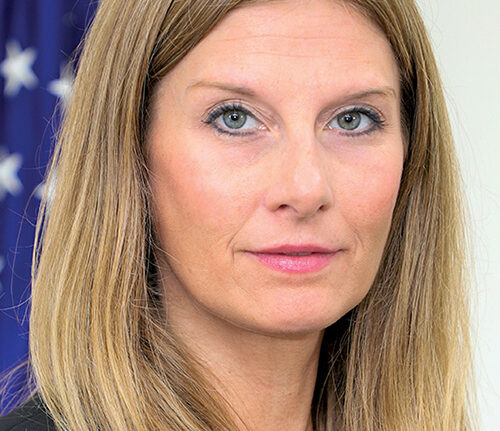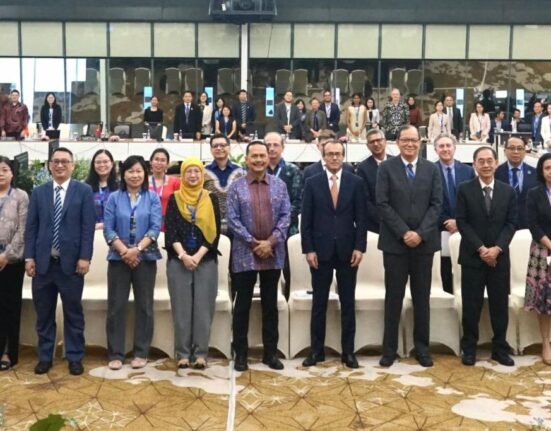With 1 million+ euro of funding, the EuMAR project (European monitoring of Medically Assisted Reproduction) aims to develop a prospective cycle-by-cycle platform for the collection of ART data; this hopes to conform with proposals for the revised tissue and cell directives and raise the level of quality assurance, surveillance and vigilance in European reproductive medicine.
This first foray into registry data was described by ESHRE’s newly operational European IVF Monitoring (EIM) consortium as nothing more than ‘an IVF data collection programme for Europe’, usually from existing national registries (16 in number), each of which seemed to have its own data collection system. The authors thus urged caution in comparing country performances (one of the EIM’s initial objectives) and hoped that ‘data collection systems will be refined in the future’.
Since then, as reflected in the EIM’s latest annual report, there has indeed been refinement: data now collected from 39 European countries, with more than 90% of all European fertility clinics represented in the EIM registry – with treatments now including IUI, PGT and fertility preservation.(2) However, as the complexity of treatments grew with the numbers, so too did the complexity of keeping track. Data on PGT, for example, were presented as ‘pooled’, and indeed every item of EIM data was collated as retrospective and ‘aggregated’. This snapshot method would pose problems for the EIM consortium, not least because linkage between clinics, patients and cycles was simply not possible – and thus impossible were cumulative outcomes. Cumulative results, said the EIM, had become even more relevant ‘because current ART has developed from segmented to sequential treatment strategies’.
These were drawbacks recognised not just by ESHRE itself, but by clinics, national registries, specialist societies and the European Commission, which throughout the past decade was moving to update the EU tissue and cell directives in recognition of developments in ART.(3) The alignment of ESHRE’s EIM data collection with the Commission’s surveillance objectives as set out in its proposed legislation for substances of human origin (SoHO) has been underlined by the recent award to ESHRE of 1.2 million euro for the development of the EuMAR (European monitoring of Medically Assisted Reproduction) data registry. The objectives of the collaboration, which also has the funding support of ESHRE itself, have now been set out in a ‘roadmap’ from members of the EuMAR steering committee, which from its start in January 2023, will hopefully culminate in a data collection scheme consistent with the Commission’s proposals.(4)
‘The most obvious next step,’ write the authors, ‘is to move from the hitherto retrospective aggregated data collection to a prospective cycle-by-cycle registry.’ This, they add, would recognise the long-term storage of reproductive tissue and cells and the mobility of European citizens, which would include ‘interinstitutional and cross-border migration of infertile patients’, fertility preservation and the transport of gametes and embryos.
Generally, the EuMAR programme aims at establishing an ‘overarching’, standardised, web-based data registry on all ART activities in the EU based on cycle-by-cycle data entered by individual clinics, but the authors added three ‘urgent’ specific objectives:
1. To provide the national health authorities and European Health Data Space of the Commission with high-quality data which allow surveillance and vigilance in all aspects of ART. To address this need, EuMAR will manage and guide the flow of data between clinics, the national competent authorities, the SoHO platform and European Health Data Space, and other stakeholders. The data flow model incorporates two possibilities: that national authorities report their anonymous cycle-by-cycle data to the central EuMAR registry; or that clinics report directly to the EuMAR registry and the competent authorities receive data from the EuMAR registry.
2. To standardise and define the ‘precise MAR parameters’, in which the treatments of medically assisted reproduction, the favoured term of the Commission, are consistently defined along with the source of the biological material (third-party or ‘within-couple’) and the outcome.
3. To develop ‘a coherent coding system’ for the prospective follow-up of fertility treatment. This, says the EuMAR report, ‘the most important key requirement’, will allow the cumulative record of patients (in fertility treatment or fertility preservation), third-party donors and their gametes/embryos within different institutions and countries and over prolonged time. The key to this, and as the EIM has long advocated, will be a unique Individual Reproductive Care Code (IRCC) allocated to each patient, which will remain with the patients or donors (and their reproductive material) during case-by-case and cycle-by-cycle data reporting to the EuMAR registry.
Overall, the hope is that more detailed, accurate and harmonised data will improve quality assurance in ART and that patients themselves will benefit, not least from their allocation of an IRCC. In their final SWOT analysis the EuMAR authors note their own long-standing experience and networks (EIM), but recognise the weaknesses in that heritage. The opportunities lie in the IRCC, a harmonised catalogue of definitions, an efficient data flow system, and consistency with the forthcoming revision of the tissue and cell directives (which seems likely to support the expansion of mandatory reporting). The threats lie in funding (especially in the costs of cycle-by-cycle data collection), political changes and non-compliance by national authorities.
* How the EuMAR programme might strengthen the benefits and framework for European couples planning fertility treatment will be featured in a precongress course in Copenhagen organised by ESHRE’s EIM Consortium. The Consortium will also present its preliminary IVF monitoring results for 2019 at a session of the invited programme on Tuesday 27 June at 11.45.
1. Nygren KG, Andersen AN. Assisted reproductive technology in Europe, 1997. Results generated from European registers by ESHRE. European IVF-Monitoring Programme (EIM), for the European Society of Human Reproduction and Embryology (ESHRE). Hum Reprod 2001; 16: 384–391. DOI.org/10.1093/humrep/16.2.384
2. Wyns C, De Geyter C, Calhaz-Jorge C, et al. ART in Europe, 2018: results generated from European registries by ESHRE. Hum Reprod Open 2022; hoac022.
doi.org/10.1093/hropen/hoac022
3. See https://www.focusonreproduction.eu/article/News-in-Reproduction-SoHo
4. De Geyter C, Calhaz-Jorge C, Goossens V, et al. EuMAR: a roadmap towards a prospective, cycle-by-cycle registry of medically assisted reproduction in Europe. Hum Reprod Open 2023; 2: hoad011. doi.org/10.1093/hropen/hoad011







